Documentary Research
Topic 2: Documentary Research
Lincs to the Past in Topic 1 can give you the location of specific records, and they are often a good starting point for documentary research. However, it is possible that there are documents and records etc. that do not come up on specific searches of the internet, but have a bearing on the feature you are investigating. For example, it may provide background information about the period of construction, or existence of similar features in other parts of the county, or beyond.
Lincolnshire Libraries
Local libraries
Local libraries have a variety of secondary sources in the form of history books, like the “History of Lincolnshire” series, or collections of descriptive material such as “Lincolnshire Aviation in World War 1” In addition they may have reprints of primary sources such as acts of parliament.
There are two main sections to look at, the Local History lending section, and the Local & Family History reference section. In addition the library should have old newspapers and old photographs, although you will need to ask staff to get access to these.
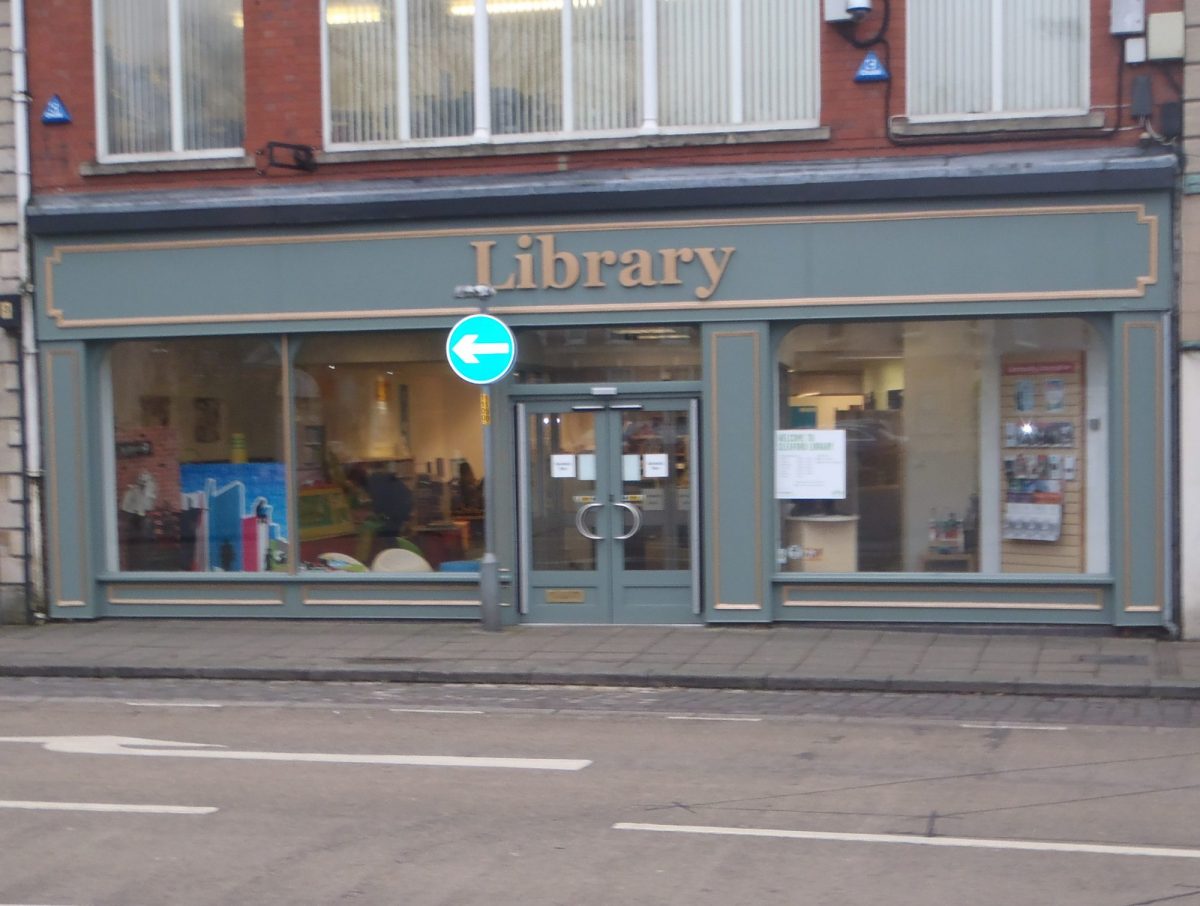
Library
Both the Local Studies books for loan and Local Studies reference sections of the central library has a greater range of sources including local periodicals such as the Spalding Gentleman’s society journal. As a result there is a mix of primary and secondary source of information available.
Central library
The central library also has collections of OS maps, old photographs, and local pamphlets, with index books that help you find the information needed.
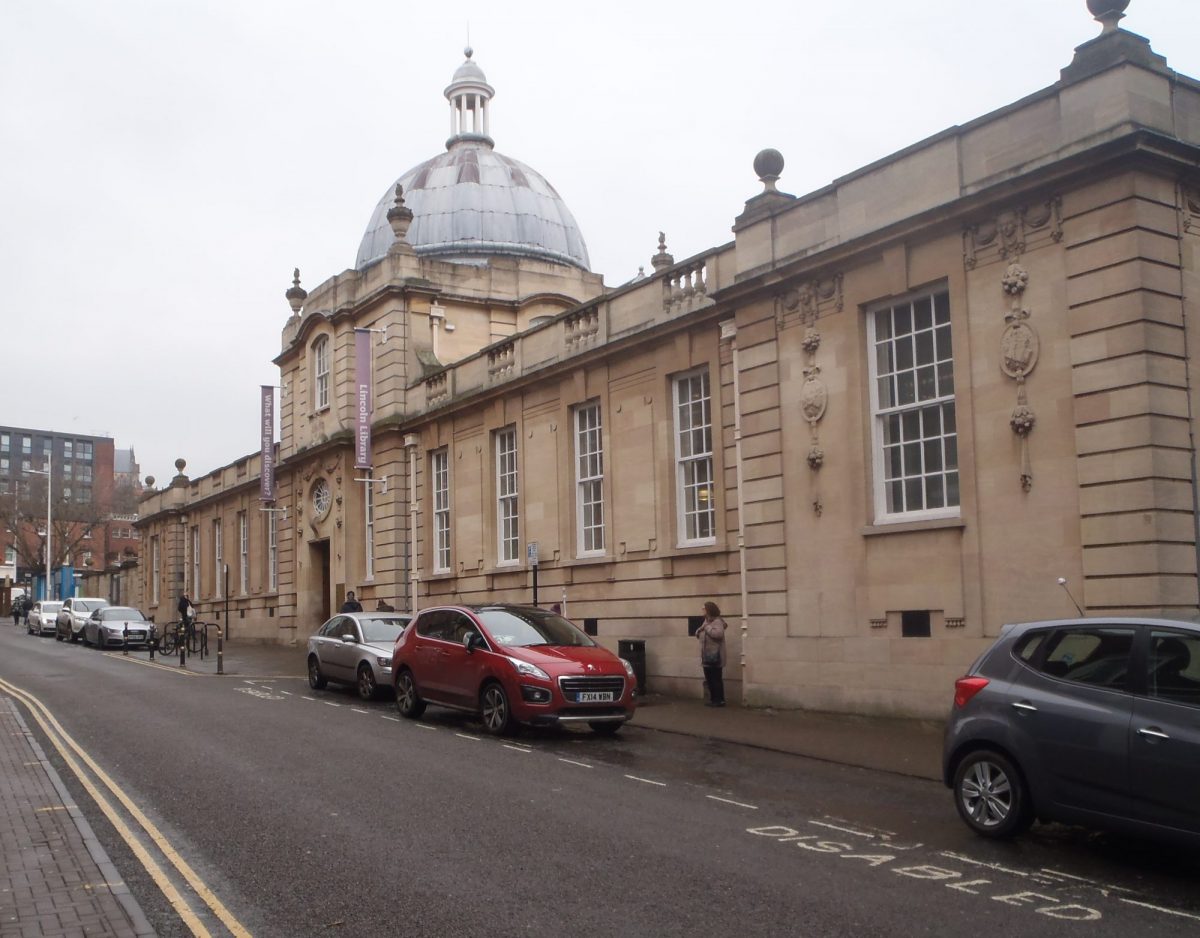
One thing to remember is that using a reference book is not the same as sitting and reading a text book or novel. Instead, you are looking for little bits text that are relevant to your investigation. The starting point with a history book is not at the front, but rather the back. Here you should find the index. If you are investigating a specific place, then look for that place by name in the index. Alternatively, if you have previously identified the type of feature you are examining (e.g. a barrow) you can also look that up in the index. In both cases, you might find yourself reading forward, or skipping back a few paragraphs to get the whole story. This can be useful in providing a wider background to your investigation.
Another useful thing to remember when looking through history books, is that they can point you towards additional information or primary sources. Within the text of these books, they will often put a note (either in brackets or at the bottom of the page) of where they got the information from. This is usually in the form of the name of the author and the date of the publication. Make a note of this, and you can go to the Bibliography (book list) at the back of the book. Look for the author and the date and you will find the title of the book or article that the information came from. Using the library service, or the internet, you can locate and read the original information for yourself. This can be particularly useful for finding details of the initial discovery of a feature and the reason for its interpretation.
Information about opening times and access to the libraries service is available at: https://www.lincolnshire.gov.uk/libraries-and-archives/library-resources
Lincolnshire Archives
The archives search room allows access to a huge collection of written documents dating from the 11th century onwards. These include parish records, probate records, public, private and ecclesiastical collections, maps and plans.
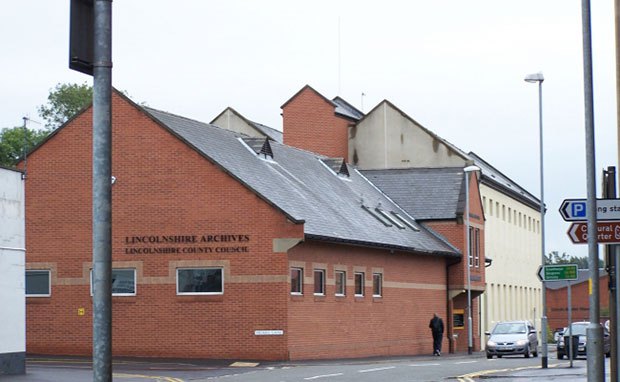
As part of the Layers of History Project we will be providing short (1 day) courses on how to find and read historical documents at the archives.
To access the search room, you will need a reader ticket. This is free and issued by the Archives on proof of identity (permanent address and signature).
For more information about the Lincolnshire Archives, go to: https://www.lincolnshire.gov.uk/libraries-and-archives/lincolnshire-archives
Museums:
There are several museums in Lincolnshire that may be able to help with researching buildings, landscape or found objects. Firstly they provide a useful visual reference to Lincolnshire’s material and social history, that can provide a background (or back story) to the site you are investigating.
The Collection in Lincoln
If you have been looking at a site on Heritage Gateway (covered in Topic 1), then you may be able to find information about artefacts from your site on the museum database, which you can access at the Collection in Lincoln:
https://www.lincolnshire.gov.uk/heritage-and-tourism/the-collection-and-usher-gallery
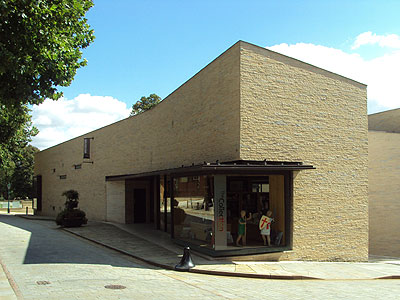
Usher Gallery
Museum of Lincolnshire Life
Social History and the agriculture of the county is covered by the Museum of Lincolnshire Life, which also holds a collection about the Lincolnshire Regiment; https://www.lincolnshire.gov.uk/heritage-and-tourism/museum-of-lincolnshire-life
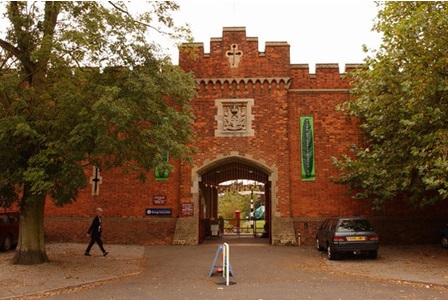
Museum of Lincolnshire Life
